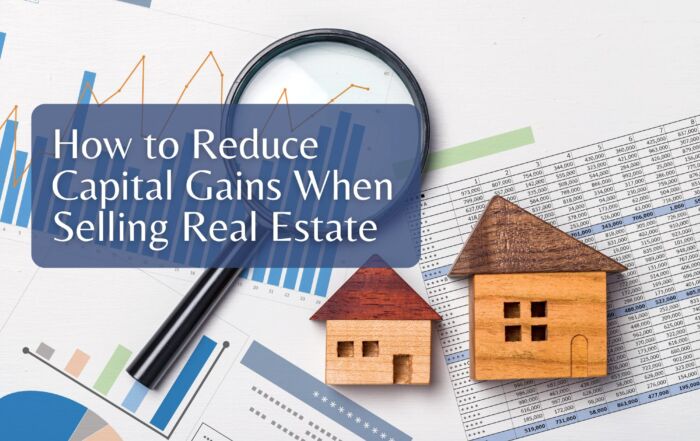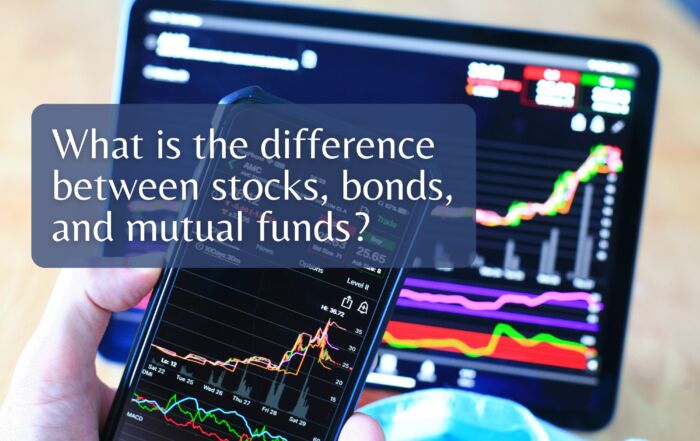
How big is Apple?
Apple’s market cap recently surpassed $2 trillion. A historic moment in the history of the U.S. stock markets. It is the first company in history to accomplish this making it the largest and most valuable publicly traded company in the U.S. It passed the $1 trillion mark only two years ago in 2018 after being a publicly traded company for 38 years. Phenomenally, it only took a mere two additional years to increase another trillion dollars in value.
Just how much is $2 trillion? And what could you get for it? For starters, $2 trillion is 11 times bigger than the value of Exxon. Interesting because just seven years ago Exxon was the world’s largest company. $2 trillion could buy every single company in the Russell 2000 index – the ultimate small cap portfolio. It could buy Visa, WalMart, Johnson & Johnson, Proctor & Gamble, PayPal and Netflix. Owning these 6 companies would make Warren Buffet’s Berkshire Hathaway portfolio look like your kid’s UTMA account.
If we consider Apple’s size relative to the GDP of the United States and other countries and ranked them according to size, Apple would come in around 8th having more value than the GDP of Italy, Canada, Russia, South Korea, Australia and Mexico. In the United States, Apple’s market cap is greater than GDP produced by 49 of the 50 states. Only California’s GDP has a greater value than Apple’s market cap. We could add together the GDP of Tennessee, Minnesota, Colorado, Maryland and Michigan and it still would not equal $2 trillion.
Apple’s $2 trillion market cap places it at the top of the S&P 500 which includes 500 of the largest publicly traded companies in the U.S. The S&P 500 Index is a market-cap-weighted index and ranks the 500 companies by size, largest to smallest. The largest company also has the largest weighting in the index. Apple’s weight in the S&P 500 is approximately 7.25% and relative to the other 499 companies is roughly equal to the combined value of the 200 smallest companies. When comparing Apple’s size to entire industry groups, we find that Apple is now larger than the Consumer Staples sector, Utilities sector, Real Estate sector, Materials sector and Energy sector.
In terms of Apple’s influence on the investment return of the S&P 500 returns, a 1% price move in Apple would have the same effect that a 1% price move in each and every one of the 200 smallest companies in the Index would have combined.
Apple has increased over 125% since the market lows in March, on its way to reaching the $2 trillion mark. Don’t worry about missing out on that return if you don’t own Apple stock directly because it is one of the most widely held stocks by institutions such as mutual funds and ETFs. For example, if you have money invested in an S&P 500 Index fund, 7.25% of your investment has been in Apple and part of your returns have been a result of your index fund allocation to this historical company.
-Brad Lyons, CFP®
Share This Story, Choose Your Platform!
Wiser Wealth Management, Inc (“Wiser Wealth”) is a registered investment adviser with the U.S. Securities and Exchange Commission (SEC). As a registered investment adviser, Wiser Wealth and its employees are subject to various rules, filings, and requirements. You can visit the SEC’s website here to obtain further information on our firm or investment adviser’s registration.
Wiser Wealth’s website provides general information regarding our business along with access to additional investment related information, various financial calculators, and external / third party links. Material presented on this website is believed to be from reliable sources and is meant for informational purposes only. Wiser Wealth does not endorse or accept responsibility for the content of any third-party website and is not affiliated with any third-party website or social media page. Wiser Wealth does not expressly or implicitly adopt or endorse any of the expressions, opinions or content posted by third party websites or on social media pages. While Wiser Wealth uses reasonable efforts to obtain information from sources it believes to be reliable, we make no representation that the information or opinions contained in our publications are accurate, reliable, or complete.
To the extent that you utilize any financial calculators or links in our website, you acknowledge and understand that the information provided to you should not be construed as personal investment advice from Wiser Wealth or any of its investment professionals. Advice provided by Wiser Wealth is given only within the context of our contractual agreement with the client. Wiser Wealth does not offer legal, accounting or tax advice. Consult your own attorney, accountant, and other professionals for these services.





